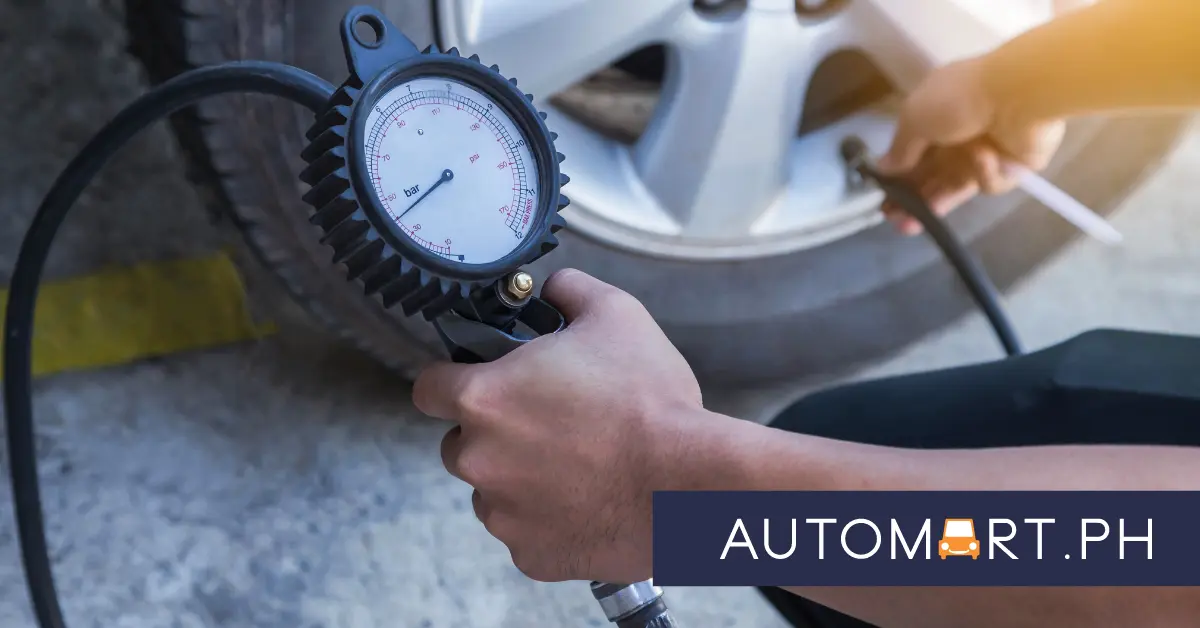
How to Take Care of Your Car’s Tires
Updated on December 19 2025
Like the engine in your car, the tires also deserve special attention. Those four pieces of rubber are responsible for adhering your vehicle to the pavement, and it’s a tall order considering the contact patch (the part of the tire that touches the road at any given moment) is no wider than a sheet of bond paper.

And in case you haven’t noticed, tire prices have risen steadily over the years. No doubt, tires are an expensive purchase, so it only makes sense to take care of them to make each tire last as long as possible. Regular maintenance will not only keep your tires performing at their best until the time comes to replace them, but it will save you money in the long run while reducing emissions in the process.
The good news is you don’t need a degree in automotive engineering to learn the ins and outs of preventive tire maintenance. Here are tips on how to take care of your car’s tires and the things to look out for when making a tire inspection.
When should I replace the tires in my car?
Consider replacing the tires in your car if the tread depth is less than 2/32 of an inch. You can use a tread gauge to do this, or you can use a one peso coin to measure the tread depth. Place a peso coin between the circumferential grooves and pay attention to Jose Rizal’s head. If you can see the top of Rizal’s head, your tread depth is approximately below 2/32 of an inch, which means the tires need replacing.

But if you can see half of the head or half of Rizal’s face, your tires are good to go. However, do not rely on the peso coin method solely to determine the tread depth. Some tires come with wear bars or wear indicators. If the wear bars or wear indicators are visible, it’s time to purchase a new set of tires.
In addition, are you aware that tires have an expiration date? If you have a car in storage, consider replacing the tires after four to six years, whether the tires are new, worn, or both. You can find the manufacturing or expiration date as an embossed print on the sidewall of every new tire. The numbers are typically a ten or 11-digit code, and the last four digits refer to the week and year of manufacturing.
How to Take Care of Your Car’s Tires
Here are tips to make the most of your car’s tires.
1. Check the tire pressure weekly.
Others will say a monthly check-up will suffice, but a good driver knows otherwise. We highly recommend checking the tire pressure at least once a week or have the air checked and refilled every time you gas up. Tires can lose up to one PSI of air pressure every month. Even a tiny drop in air pressure is enough to affect your vehicle's ride comfort, handling, and fuel economy, not to mention accelerating the tire wear due to the increased rolling resistance of underinflated tires.

According to the US National Highway Traffic and Safety Administration (NHTSA), approximately four out of five consumers are wasting money on gas due to underinflated tires. On the contrary, proper inflation extends the average life of a tire by 7,500 kilometers, the NHTSA adds. In addition, your vehicle will consume 1.5-percent more fuel and release more CO2 into the atmosphere if you insist on driving with underinflated tires.
2. Make a visual tire inspection regularly.
Make it a habit to inspect the tires when washing your car, after parking the vehicle, when filling up with gas, or before embarking on a long road trip. Check the treads for cracks, bulges, or foreign objects like stones, glass, screws, or nails. If you happen to find massive punctures or a large nail sticking out of the sidewall, you are better off replacing the tire than have it vulcanized.

If you find a nail or a screw on the treads, resist the temptation of pulling it out. Better yet, take your car to a vulcanizing shop or service center to get the tires checked or vulcanized. Remember that newer tires with thicker treads are less prone to nail punctures than balding tires.
3. Rotate the tires.
Goodyear recommends rotating the tires every 10,000 to 12,000 kilometers or every six months. Periodically rotating the tires ensures uniform and even wear across a complete set of new tires while obtaining perfect traction and handling. When in doubt, consult the owner’s manual to know the recommended intervals between tire rotations.
- Tire rotation methods will vary per vehicle or tire type, whether your tire is directional or asymmetric.
- Check for signs of cracks, uneven wear, and bulges when rotating tires.
- Always check the tire pressure after rotating the tires.
4. Do not overload your vehicle.
Sure, the suspension takes a beating if you overload your vehicle, but the tires take most of the punishment without you even knowing it. Overloading can cause tire failure or tire blowouts, both of which are bad news when traveling at speed. Consult the owner’s manual or check the placard on the door frame to know how much weight your vehicle can handle.
Conclusion
Practice the habit of checking the air pressure of your car’s tires at least once a week. It may not sound much, but good tire maintenance starts with having the correct tire pressure every time your vehicle is on the road.